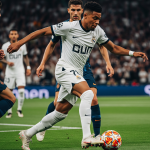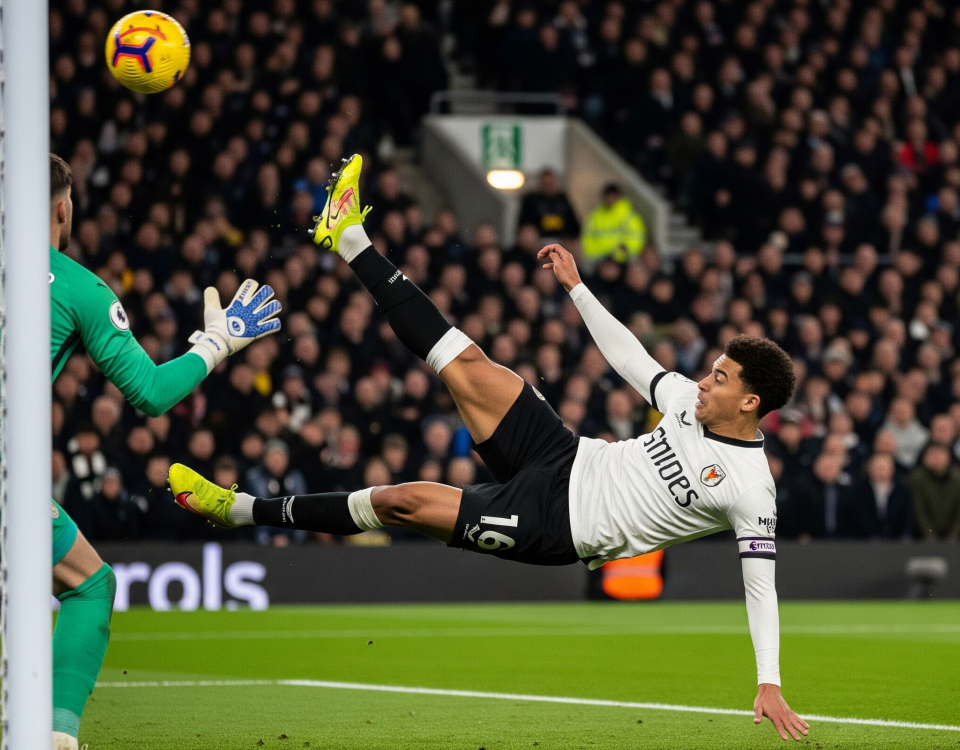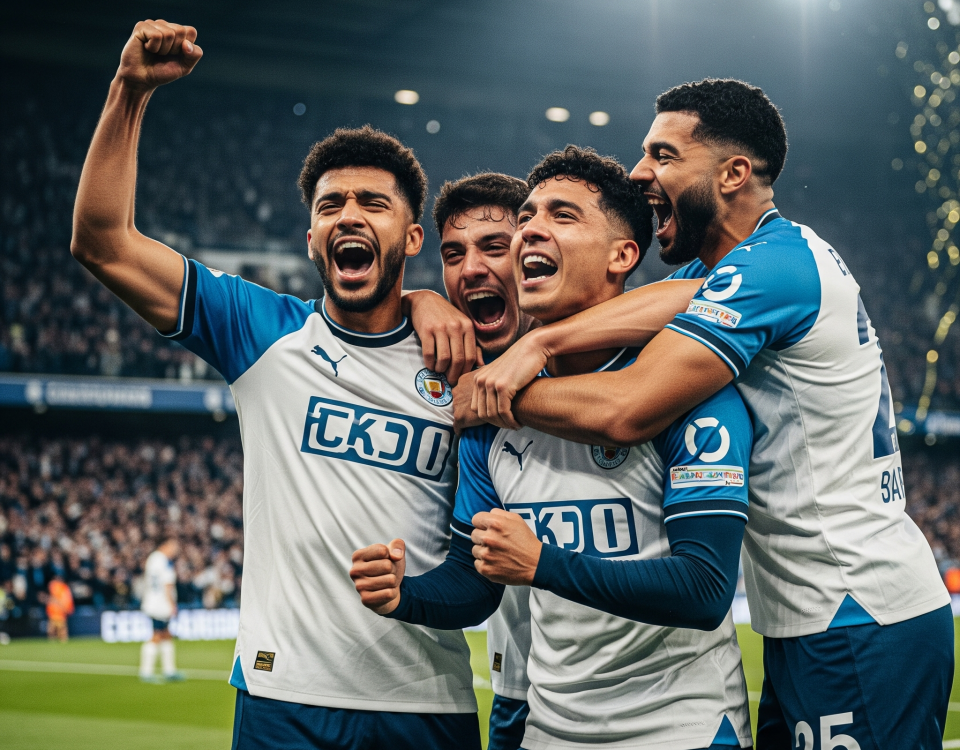
Manchester City Clinches Premier League Title on Dramatic Final Day of the Season

Kylian Mbappe: Inside His Quest for Champions League Glory with Real Madrid
Jurgen Klopp’s Liverpool, throughout their period of sustained success, became synonymous with a high-octane, physically demanding style of football, the cornerstone of which was the meticulously crafted and ruthlessly executed counter-press, or ‘gegenpressing’. This tactical approach, far from being a simple reaction to losing possession, is an art form, a coordinated and intensely drilled mechanism designed to immediately win the ball back in the opponent’s half, often in dangerous attacking areas, and subsequently launch swift and devastating attacks before the opposition can organize their defense. It’s a philosophy that demands incredible fitness, unwavering discipline, and a deep understanding of positional play and pressing triggers from every player on the pitch.
The initiation of the counter-press is triggered the instant Liverpool loses possession of the ball. Instead of immediately retreating into a defensive shape, the players closest to the ball swarm the opponent in possession, aiming to win it back within a crucial few seconds, ideally within a tight radius of where it was lost. This immediate and aggressive reaction aims to capitalize on the opponent’s transitional vulnerability, when they are often unbalanced and their defensive structure is not yet set. The intensity of these initial pressing actions is key, forcing hurried passes or panicked clearances, often resulting in turnovers in advantageous positions.
Central to Liverpool’s successful counter-press is the coordinated movement and understanding between players. It’s not a chaotic rush; instead, it’s a carefully choreographed effort where players close down passing lanes, limit the opponent’s options, and use intelligent angles to trap them in confined spaces. Forwards play a crucial role in this initial phase, using their energy and pressing intelligence to cut off central passing routes and force the ball wide into areas where the midfielders and full-backs can then engage in further pressing duels and create overloads. This well-organized pressure ensures that the opponent rarely has time or space to pick out accurate passes and launch sustained attacks.
The midfield unit, often the engine room of Klopp’s Liverpool sides, plays a pivotal role in sustaining the counter-press. Players like Fabinho, Jordan Henderson, and Georginio Wijnaldum, during their time at the club, were masters of reading the game, anticipating passes, and quickly closing down opponents. Their ability to cover ground rapidly and win tackles in midfield was crucial in preventing the opposition from escaping the initial wave of pressure and transitioning into dangerous attacking phases. The full-backs, too, played an integral part, often stepping high up the pitch to narrow the playing area and contribute to the pressing intensity in wide areas, effectively suffocating the opposition and limiting their ability to build attacks from deep.
The benefits of a well-executed counter-press are manifold. Firstly, it allows Liverpool to win back possession high up the pitch, often in dangerous attacking zones, creating immediate goal-scoring opportunities with the opponent’s defense disorganized. Secondly, it allows them to control the tempo and territory of the game, constantly forcing the opposition onto the back foot and limiting their attacking threat. Thirdly, it showcases the team’s relentless work ethic and intensity, often demoralizing opponents who struggle to cope with the constant pressure. However, the counter-press is also a high-risk, high-reward strategy that demands exceptional fitness levels and impeccable tactical discipline. If the initial press is broken, it can leave spaces for the opposition to exploit.
In conclusion, the art of Liverpool’s counter-press under Jurgen Klopp was a defining characteristic of their success, a sophisticated and relentlessly drilled tactical system designed to suffocate opponents, win back possession in dangerous areas, and launch lightning-fast attacks. It was a testament to the players’ physical capabilities, their tactical intelligence, and their unwavering commitment to the manager’s demanding philosophy, transforming the act of losing the ball into an immediate opportunity to regain it and launch another wave of attack, making Liverpool one of the most feared and dynamic attacking forces in European football.



